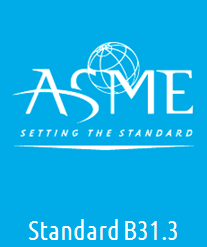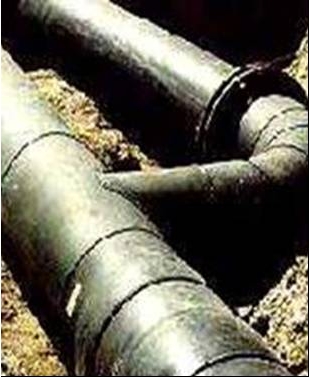
Two Rules-of-Thumb Regarding Piping Systems
Have you noticed, looking at the famous ASME B31.1 support spacing Table 121.5, that the spacing between pipe supports is roughly “size + 10”, in other words, the spacing between supports on an 1 inch instrument tubing would be “1 + 10” = 11 ft, while the spacing on a 6 inch line for example […]


